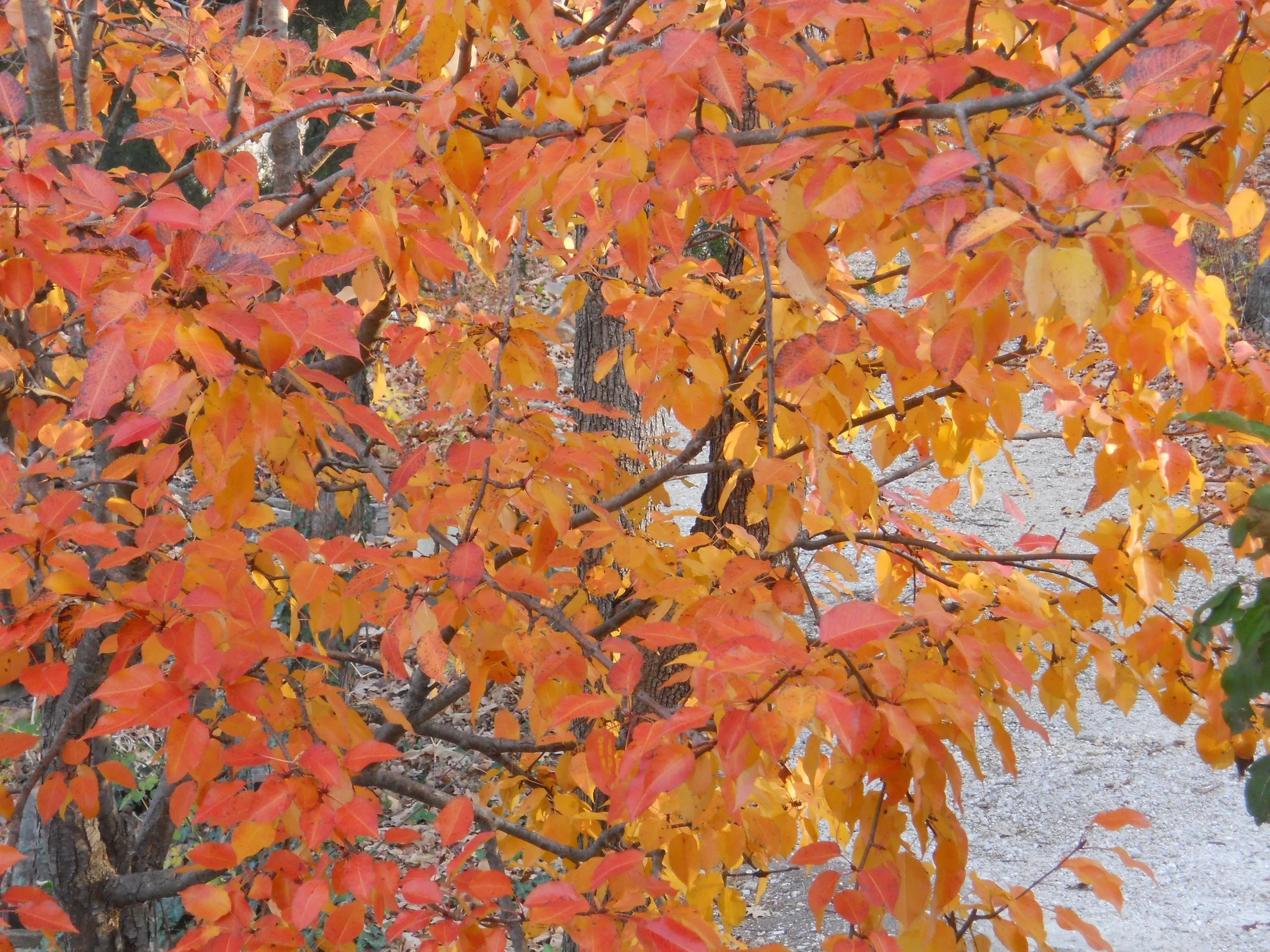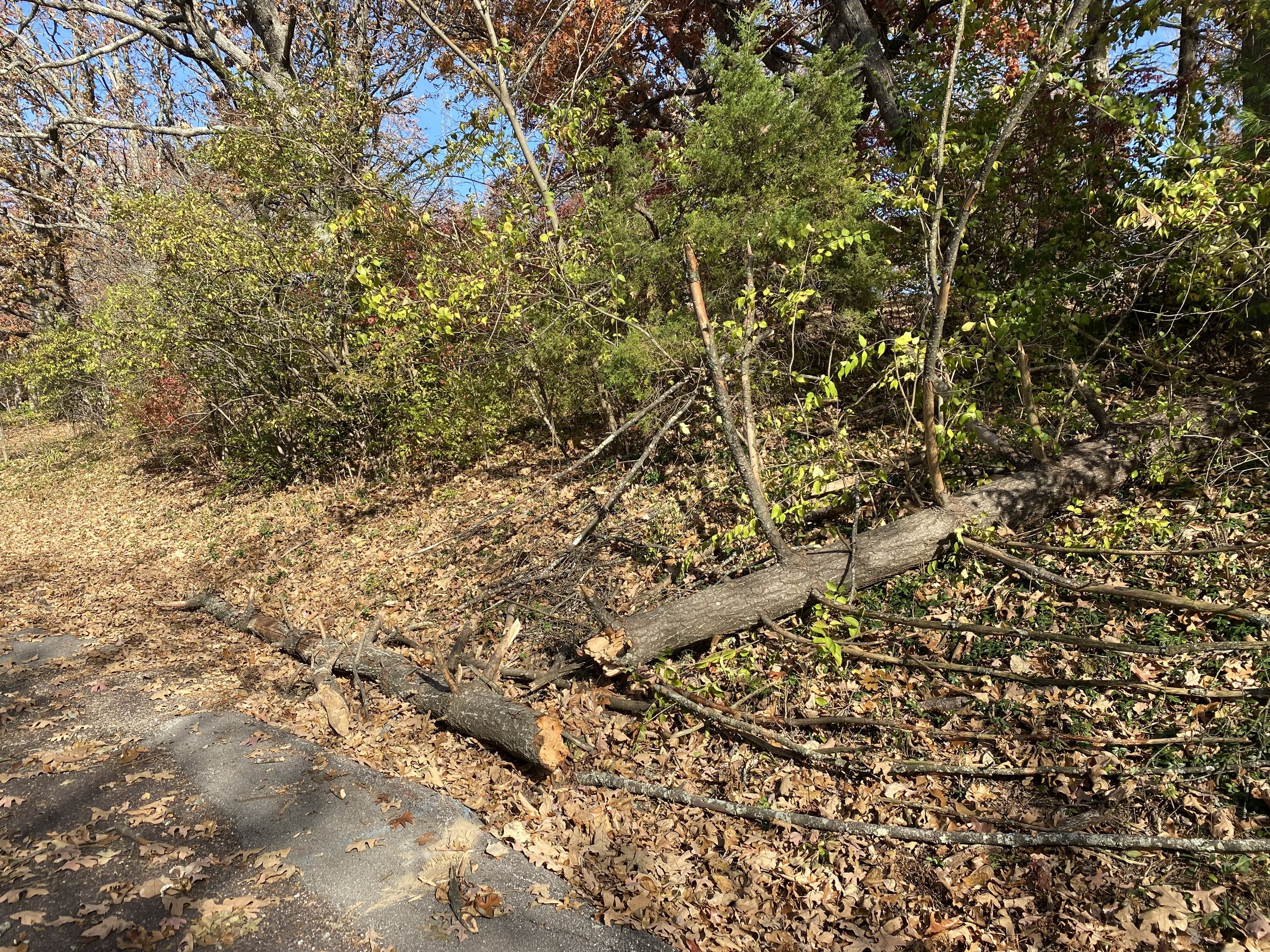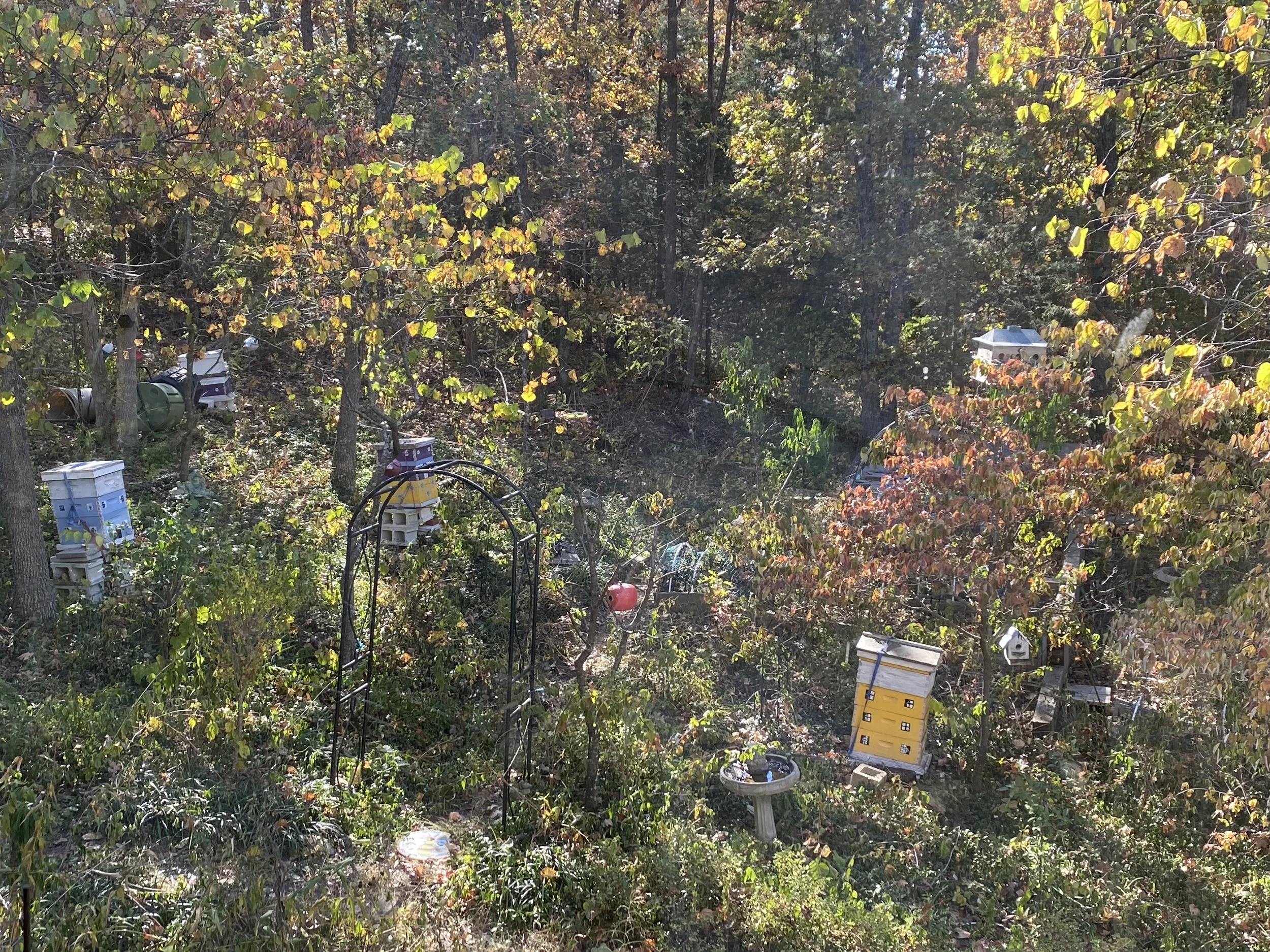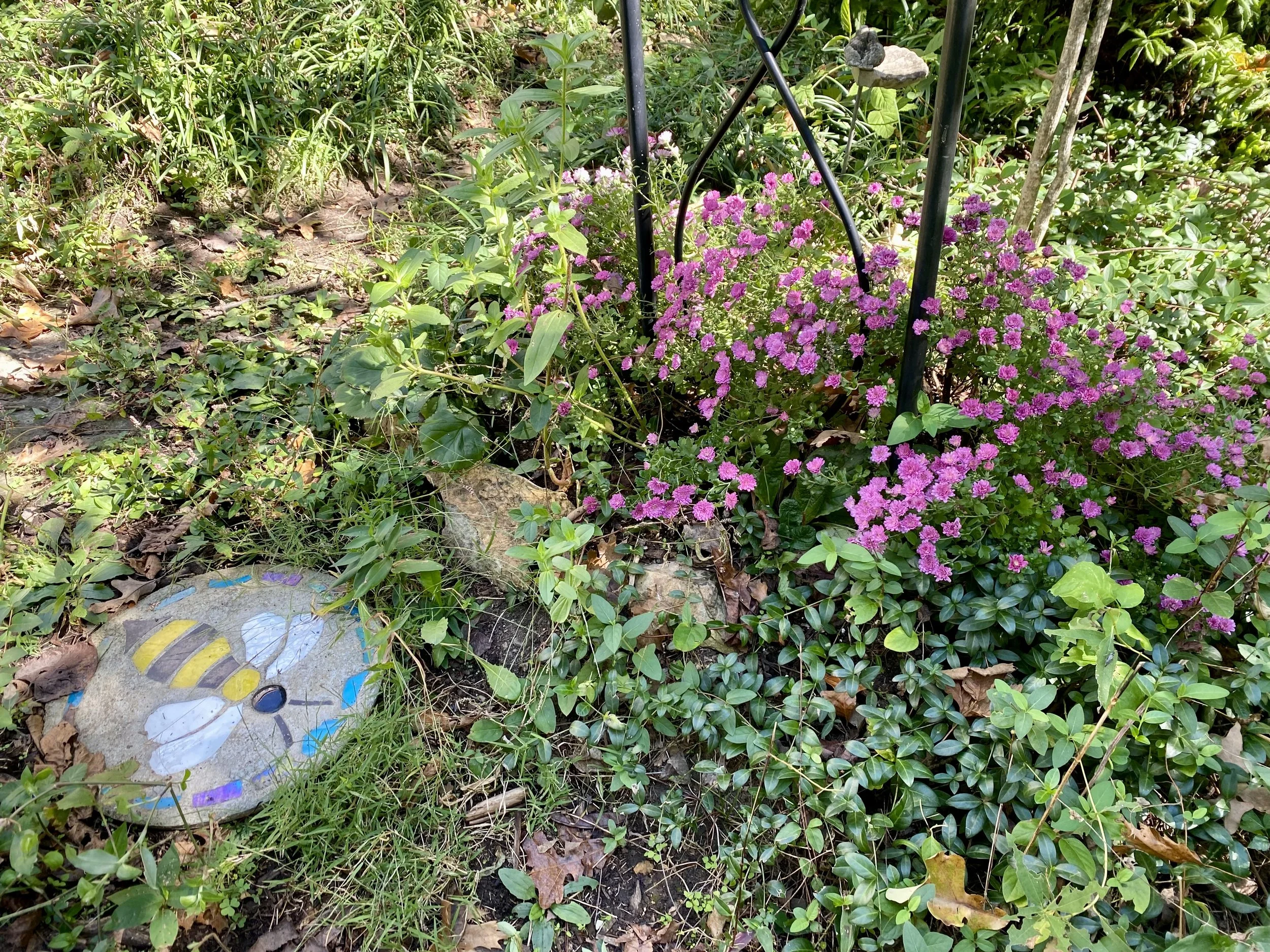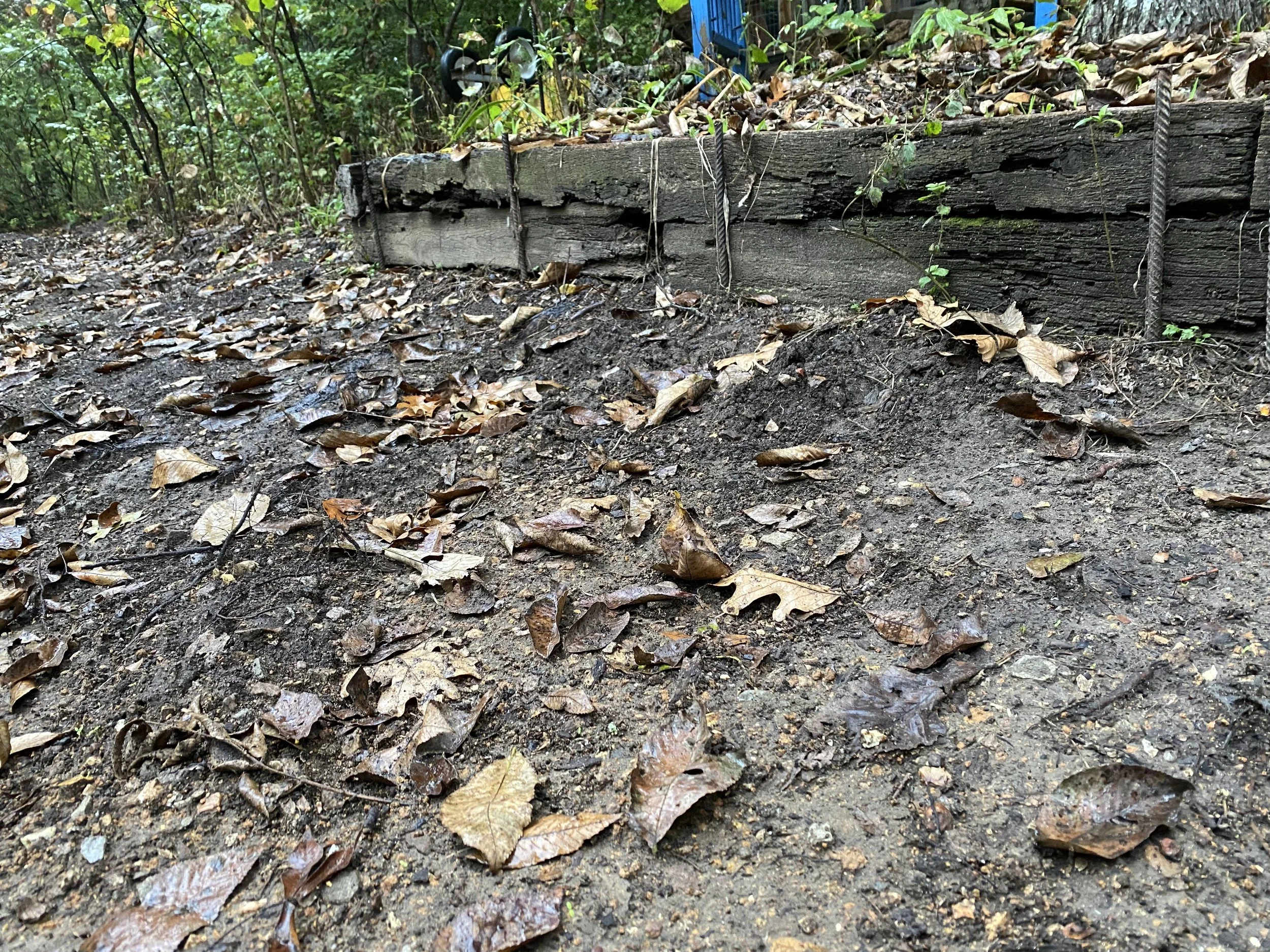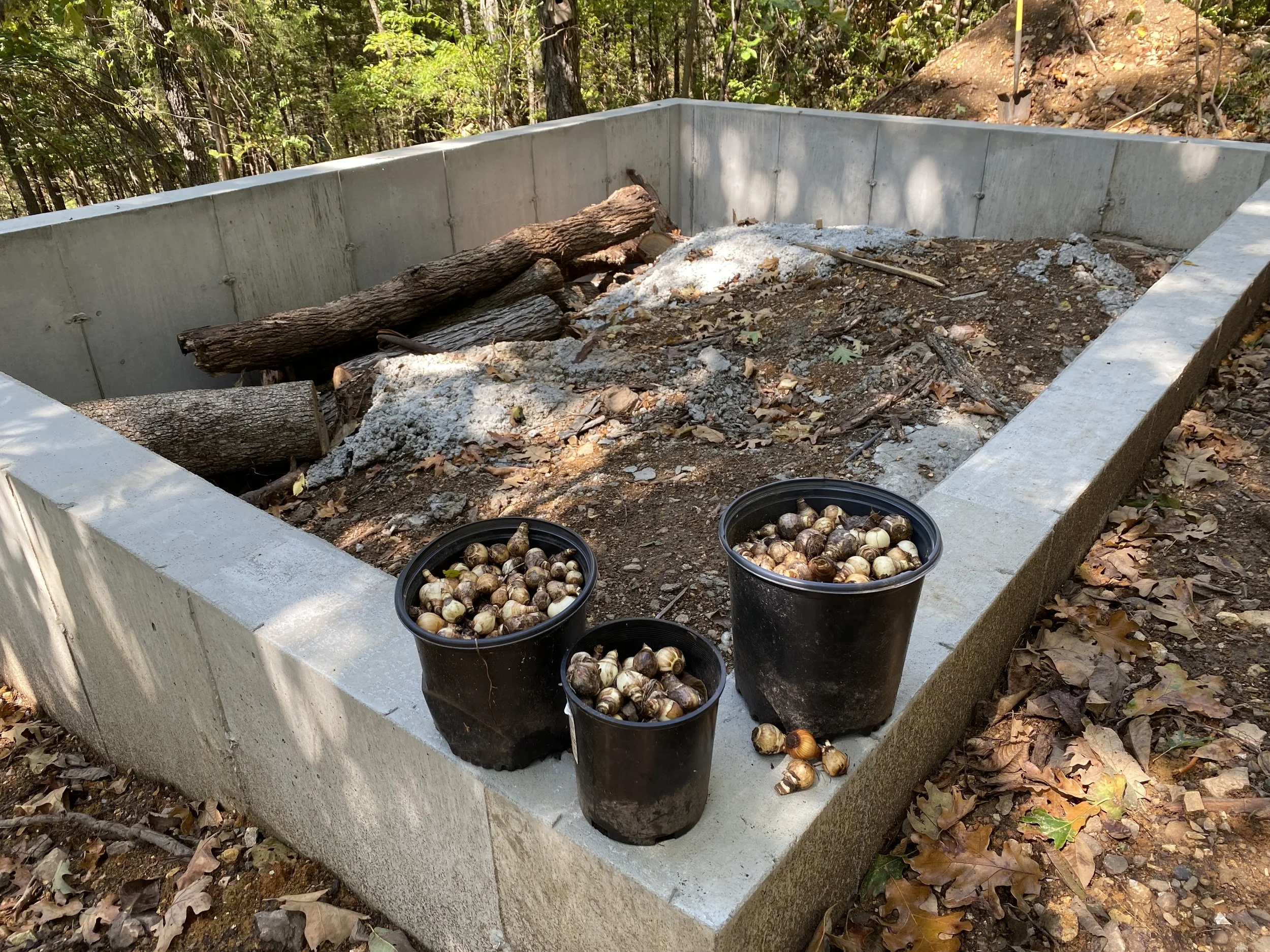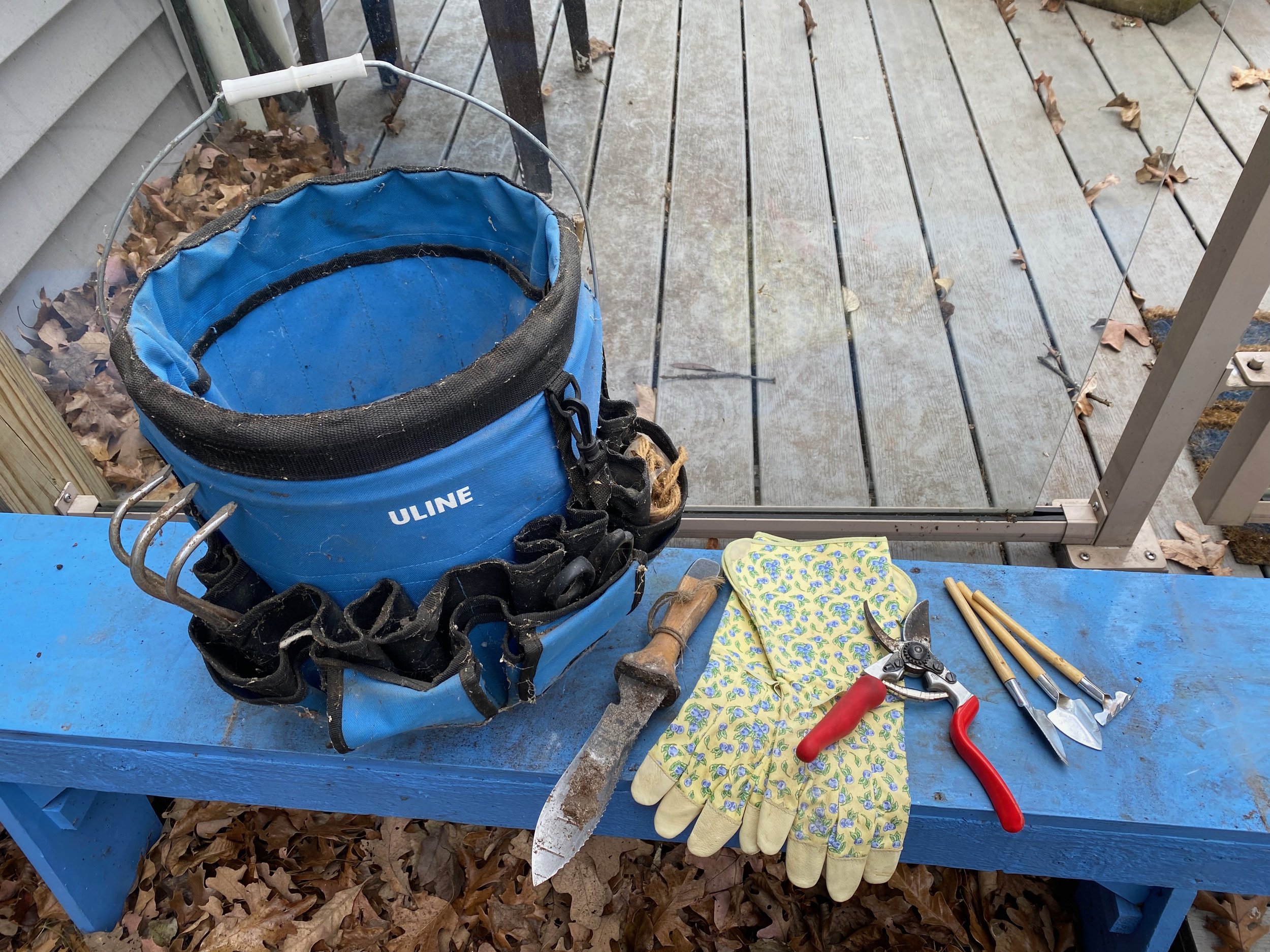When to Remove Dead Trees
/my neighbor up the hill from my property lost a dead tree last week. it ended up blocking the driveway until the city moved it over. (charlotte ekker wiggins photo)
When a Dead Tree Should Come Down
A tall dead tree falling across my neighbor’s backyard—and landing in my front yard—was a fresh reminder that dead trees, called snags, require special attention. As a master gardener, I often get asked: “Do I really need to cut a dead tree down? Don’t wildlife use them?”
The short answer: Yes, wildlife depend on snags… but safety always comes first.
Dead trees are essential habitat for woodpeckers, owls, bats, native bees, and more. However, once a snag becomes unstable, it can cause thousands of dollars in damage—or worse, injure someone. Knowing the difference between a beneficial wildlife snag and a dangerous one helps homeowners make safe, thoughtful decisions.
Why Snags Matter
A healthy ecosystem needs dead wood. Birds rely on decaying trunks to excavate nests. Native bees use cracks and cavities for shelter. Squirrels, owls, and beneficial insects all find refuge in hollow branches. When it’s safe to leave a snag standing, it becomes a miniature wildlife apartment complex.
But safety is the key word.
When a Dead Tree Should Be Removed
A dead or declining tree should be evaluated for removal if you notice:
It can hit a home, car, shed, fence, or walkway.
Root instability, such as soil lifting around the base.
Leaning toward a structure or power line.
Large limbs dropping without a storm event.
Soft, spongy wood indicating advanced internal decay.
Deep trunk cracks, fungal growth, or extensive bark loss.
If a tree is tall enough to reach anything you care about, removal is the safest route.
When a Dead Tree Can Stay
If the tree is far enough away from structures that it cannot reach them if it falls, and the trunk shows no signs of imminent splitting, you can often leave it as a standing snag for wildlife.
Homeowners with the space can even have their arborist cut the snag down to 10–15 feet. This leaves excellent nesting habitat while removing the height risk.
The Best Time to Remove a Tree
For wildlife-sensitive removal, the ideal window is now through February
By fall and winter:
Most birds are finished nesting.
Young mammals are independent.
Bats have already chosen winter roosts.
Avoid removing snags during spring and early summer—prime nesting season.
How to Protect Wildlife During Removal
If removal is necessary, homeowners can still support wildlife by:
Asking the arborist to check for active nests.
Leaving a short wildlife snag when safe.
Saving hollow limbs as habitat logs.
Creating a brush pile with branches for birds and overwintering insects.
Keeping the stump to support beetles, native bees, and soil life.
For more tips on gardening, beekeeping, cooking and easy home decor, subscribe to my weekly Garden Notes.
Charlotte
